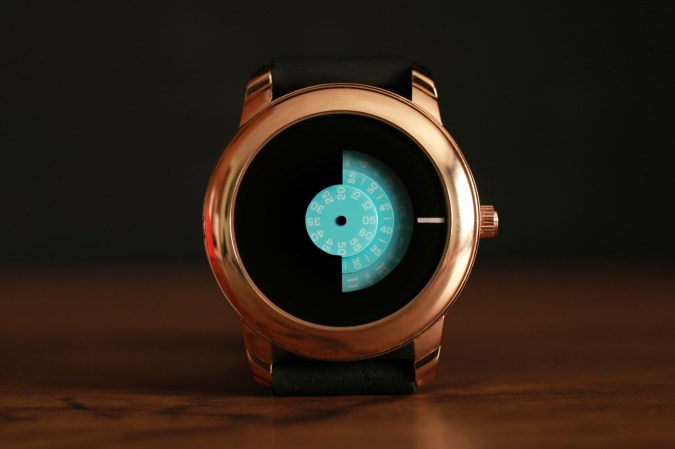

Of all the celestial events lighting up the sky this month, the Lyrid meteor shower has the potential to be one of the most spectacular. The annual event began on April 16 and will peak this weekend before wrapping up on April 25. You won’t need any special equipment to catch a glimpse—just your eyes and a clear night sky—but it helps to know when and where to look.
When to watch the meteor shower
In the northern hemisphere, you can look skyward beginning around 10 p.m. local time on Friday, April 21 and Saturday, April 22 into the early morning hours of the 23rd. The predicted peak is for Sunday, April 23 at 9 p.m. Eastern Time (1:06 Universal Time). This year, the Lyrids’ peak is quite narrow, but moonlight will not interfere with the meteor shower like it did in 2021 and 2022.
[Related: How to photograph a meteor shower]
“Serious observers should watch for at least an hour, as numerous peaks and valleys of activity will occur,” the American Meteor Society recommends. “If you only view for a short time it may coincide with a lull of activity. Watching for at least an hour guarantees you will get to see the best this display has to offer.”
Where to look for the Lyrids
The Lyrids are named after the constellation Lyra, which is the constellation closest to their radiant—where the meteors appear to originate. Look toward a blue-white star named Vega, the brightest glimmer in the constellation. In the northern hemisphere this time of year, Lyra appears almost directly overhead around midnight. In southern latitudes, Lyra appears lower in the northern part of the sky.
Once you’ve spotted Vega or Lyra, start to look for streaks of light in the night sky. It is best to watch from a location away from city lights and to let your eyes adjust to the darkness for at least 30 minutes beforehand. The International Dark Sky Association has an online tool to help locate designated dark sky parks that protect nocturnal environments.
What you may see… including fireballs
In a dark sky with no moon, you may be able to glimpse 10 to 20 meteors per hour. The Lyrids can have uncommon surges in activity that bring rates up to 100 meteors per hour. The Lyrid meteor shower appears to outburst, or produce an unexpectedly large number of meteors, about every 60 years, with the next outburst expected in 2042.
During the last half of April in recent years, irregular numbers of very bright meteors have been observed coming from the southern part of the sky during the Lyrids. Sometimes, these fireballs drop as meteorites, and could be the remnants of a broken-up asteroid instead of a comet. An asteroid is a small, rocky object that appears as a point of light in a telescope. Comets are also planetary objects that orbit the sun, but they’re composed of ice and dust that vaporize when they get closer to the sun. This makes comets appear more fuzzy or with a tail in a telescope.
[Related: Scientists finally solve the mystery of why comets glow green.]
This year, a “window of opportunity” for a possible fireball sighting may be between 5 p.m. ET on April 23 and 7 p.m. ET on April 25, according to Space.com.
Most meteor showers are the result of debris from a passing comet, and the Lyrids are no different. The source of these space rocks is Comet Thatcher, which astronomers first noticed in 1861. At that time, the comet was at its most recent perihelion—its closest point to the sun. It will reach its farthest point from the sun close to 2070 and will hit perihelion again around 2283.























